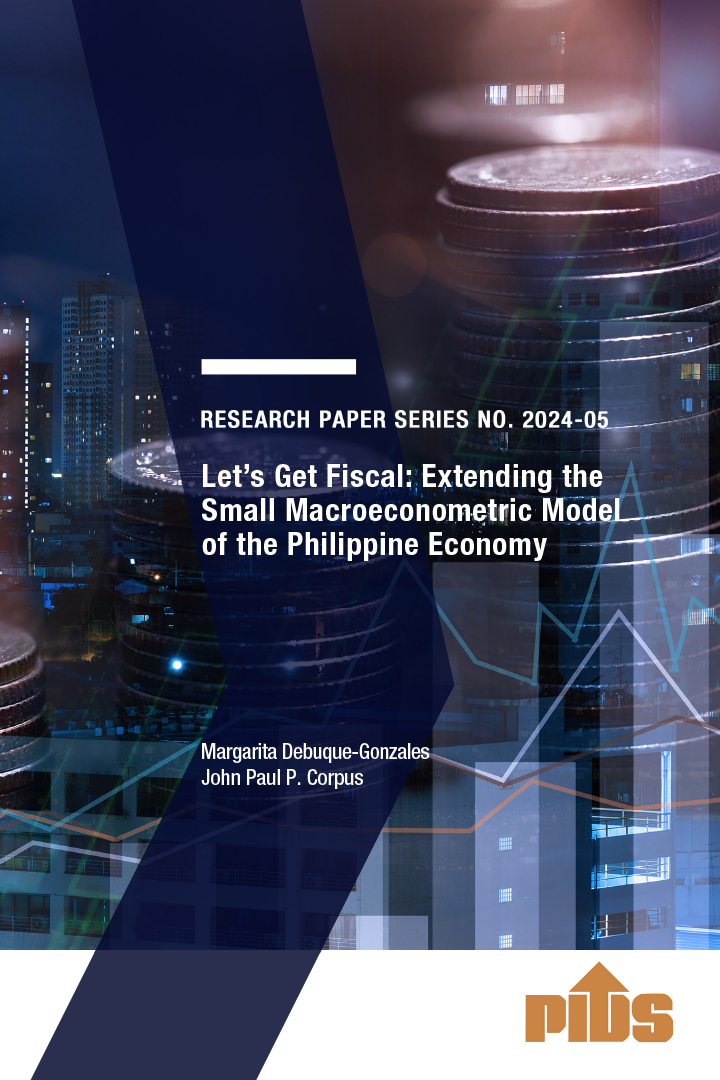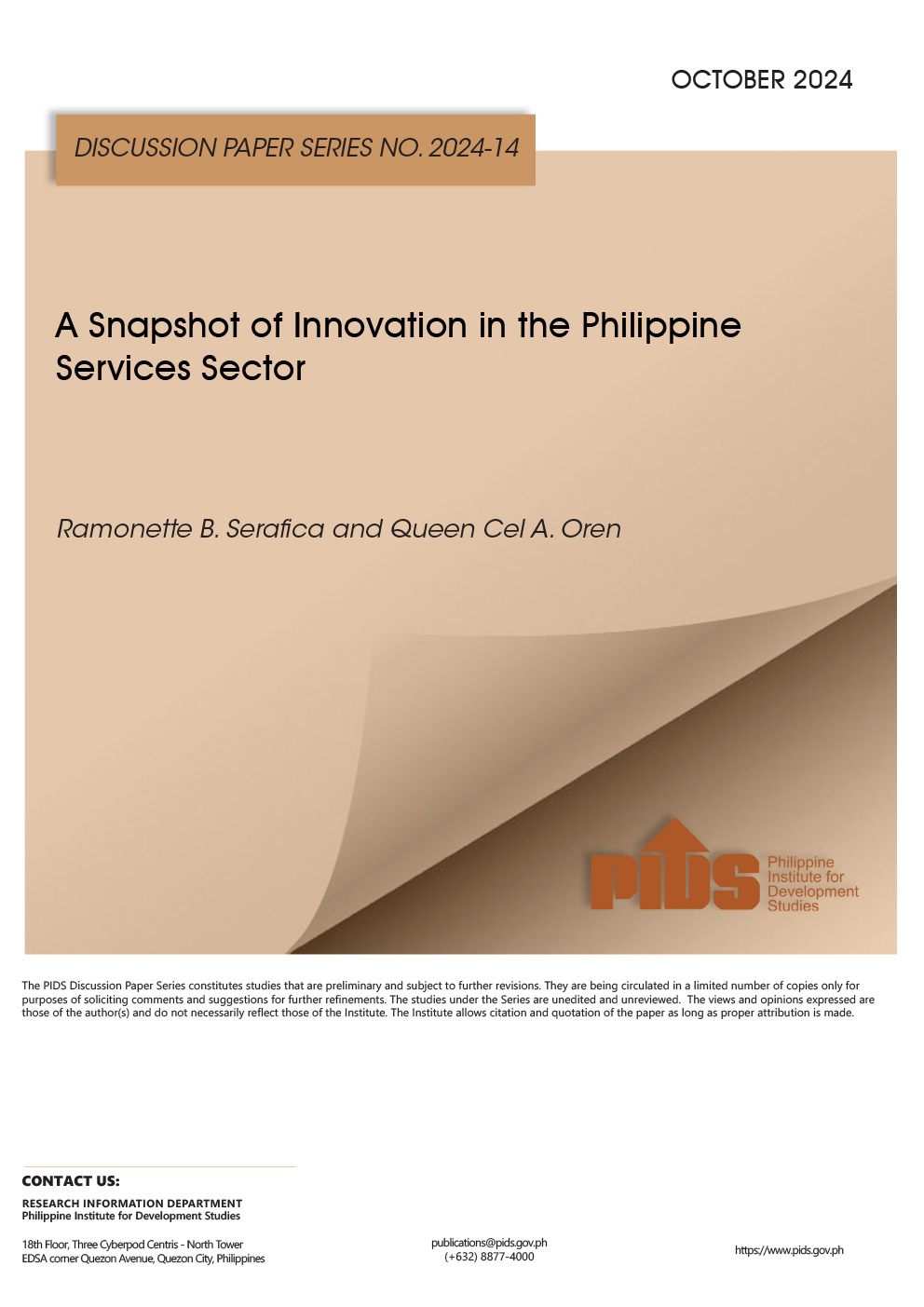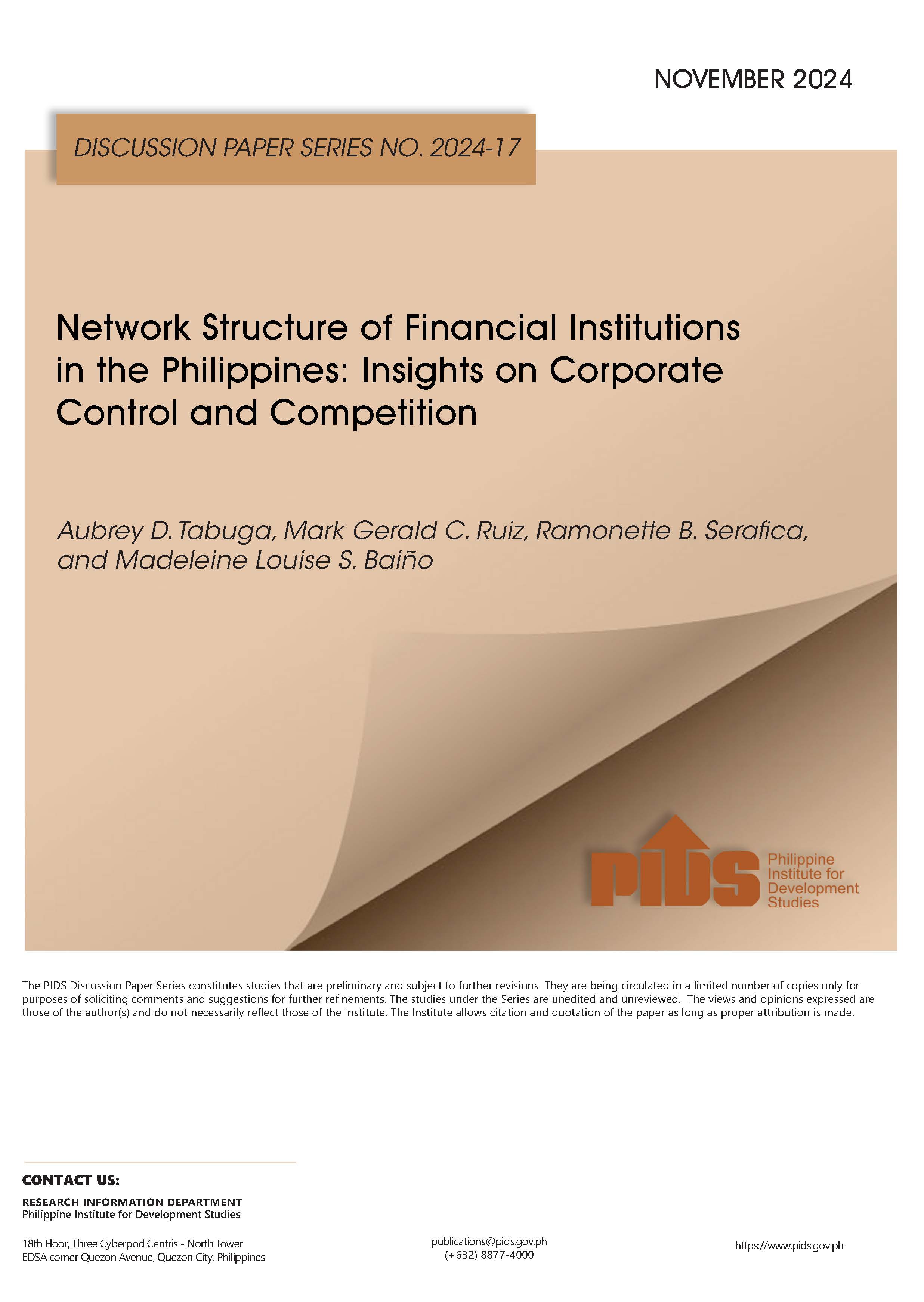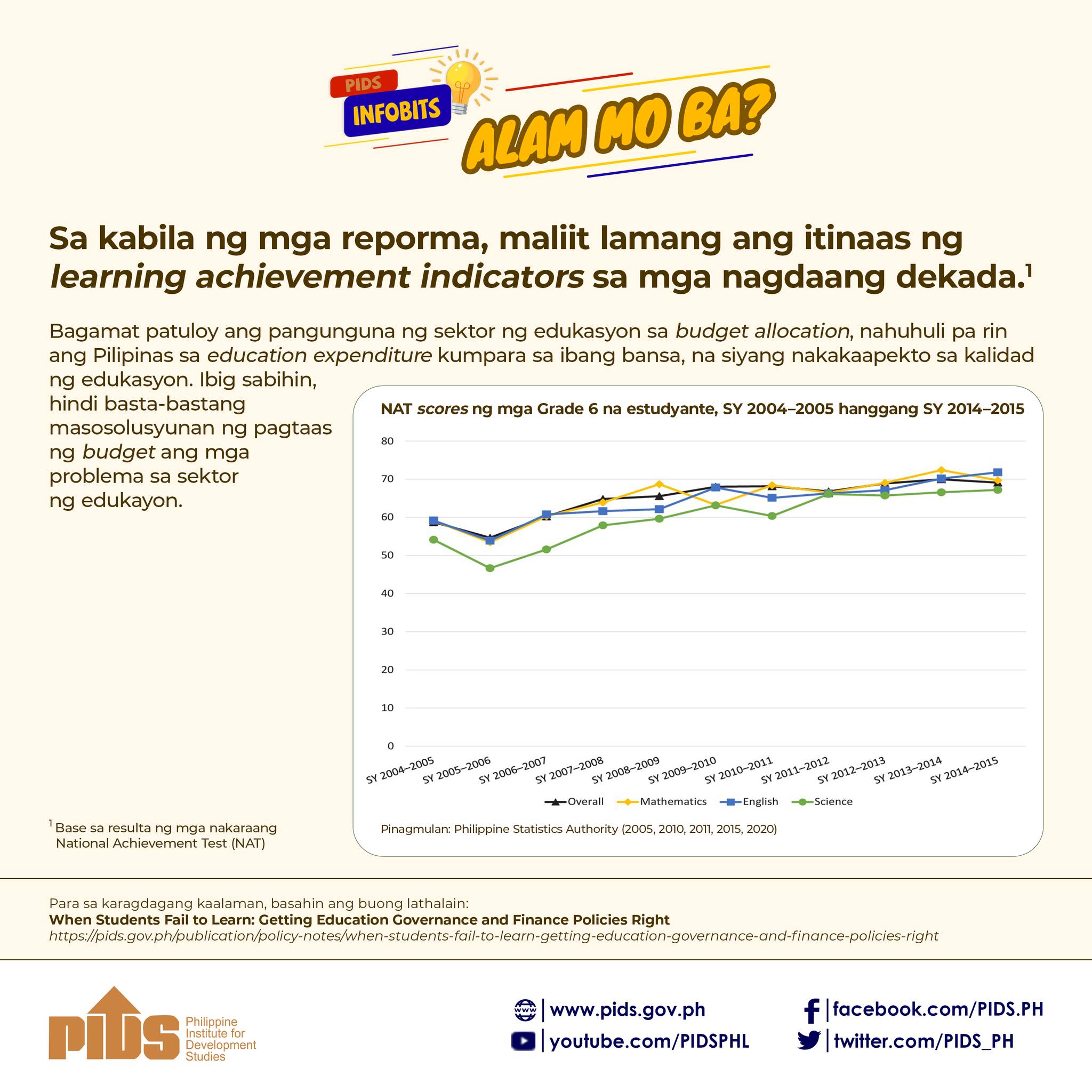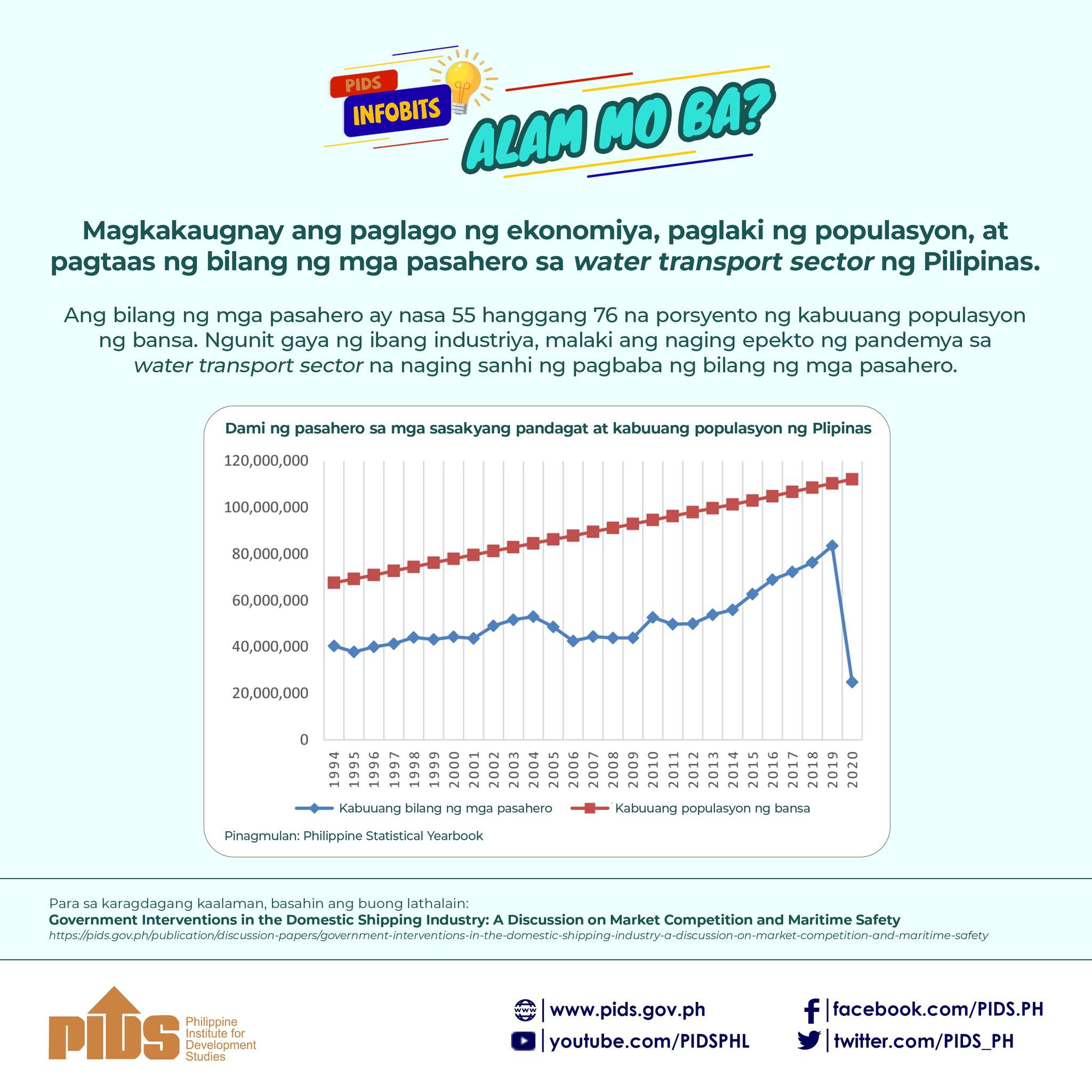Despite the 3.48-percent decline in farm output in the January-to-June period, the Department of Agriculture (DA) remains upbeat over the growth prospects for the sector this year.
Agriculture Secretary Emmanuel F. Piñol said the various interventions he is implementing for the sector should allow it to post optimal growth by the end of 2016.
“I cannot project a growth of 3 percent [by the end of 2016], but I believe that we are moving toward that,” Piñol told the BusinessMirror, when asked whether the sector could hit the growth target set by the previous DA chief.
In June Piñol said he has crafted a road map following his biyaheng bukid initiative, which helped him identify factors that hindered the growth of the farm sector.
Aside from providing free seeds and other farm inputs to farmers and fishing boats to fishermen, Piñol said he will conduct a nationwide inspection of irrigation services, dredging of silted dams and provide shallow tube wells.
The DA is also crafting a “color-coded agricultural guide map,” which will guide farmers on which crop or farming practices are suitable based on geographic, climatic and soil conditions.
Data from Philippine Statistics Authority (PSA) showed that agricultural output declined by 2.34 percent in April to June due to El Niño.
The crops subsector, which accounted for 48.31 percent of total output, recorded a 4.97-percent drop in output in the second quarter.
Palay production at 3.71 million metric tons (MMT) was 6.10 percent lower than last year’s level. The PSA attributed this to “significant decreases” in harvest areas and yield caused by the prolonged dry spell in Soccsksargen, Autonomous Region in Muslim Mindanao (ARMM), Caraga, and the Visayas regions.
“Corn production at 910,000 metric tons [MT] was lower by 10 percent during the second quarter. Reduction in area harvested and lower yields because of the dry spell in Western Visayas, Northern Mindanao, Soccsksargen and ARMM were the main reasons for the drop,” the PSA said.
PSA data showed that production gains were recorded by sugarcane, eggplant, mongo, abaca and pineapple. In the first half of the year, crop production went down by 6.8 percent. The livestock subsector grew 6.56 percent and contributed 17.66 percent to the total agricultural output in the second quarter.
“Hog, the major driver of growth, expanded at 7.41 percent. At current prices, the subsector grossed P63.9 billion, a 2.75-percent increase from last year’s earnings. In the first half of 2016, livestock production grew by 5.6 percent,” the PSA report read.
PSA data showed that production in the poultry subsector rose by 1.25 percent in April to June. It accounted for 15.72 percent of total agricultural production. “Output gains were recorded for both chicken eggs and duck eggs while their corresponding meat production declined. From January to June, the subsector recorded a 1.12-percent growth in output,” the PSA said.
It was a different story for the fisheries subsector, which accounted for 18.31 percent of total farm output in the second quarter. Production contracted by 5.9 percent as lower output was noted across fish species. Major gainers were milkfish and tiger prawn, which grew by 1.57 percent and 7.65 percent, respectively.
“At current prices, the subsector grossed P60.2 billion, or 6.91 percent lower than last year’s level. In the first half, the subsector recorded a 5.92-percent drop in production,” the report read.
Sanguine outlook
Local economists agreed with Piñol, saying the farm sector’s output could still recover in the second half of the year.
University of Asia and the Pacific (UA&P) Center for Food and Agri Business (CFA) Executive Director Rolando Dy told the BusinessMirror that the rains in the second semester of the year will help boost agriculture production.
Rice, which accounts for 15 percent of total farm output, will benefit from the increase in rainfall as it is a water-loving crop.
“[Positive growth is] possible with better rains. But it will not be easy. Magat Dam in Isabela with 85,000 hectares [is still at] critical level. Nonetheless, we still have five months to go,” Dy said. The 2.34- percent decline in farm output in the second quarter of the year is the lowest since the third quarter of 2014, when production contracted by 2.99 percent, according to the PSA.
Between 1998 and 2015, the sector recorded the lowest growth in the third quarter of 2001, when it declined by 18.05 percent.
“To exceed zero for full year 2016, agri must grow 3 percent to 3.5 percent in [the] second half. Key result areas would be short term crops, [like] rice, corn, sugarcane and banana productivity, among others,” Dy said.
Philippine Institute for Development Studies Research Fellow II Roehlano Briones said the decline in farm production due to El Niño in the first half was “worrisome.” He noted that the last time the agricultural output declined was in 2014, which was also an El Niño year.
Prior to 2014, the El Niño episode experienced by the Philippines was during the 1997-to-1998 period.
Briones said the intervals between El Niños seem to be getting shorter. With this, the Philippines should prepare for these kinds of weather events twice, or even thrice, in a span of a decade. While much of the country’s agriculture growth is based on nature and farmer’s planting intentions, Briones said the government can prioritize efforts to improve basic food-production systems.
“Maybe we should go back to the basics and see how the underlying food production system can be made resilient. This will not happen overnight or even in a year,” he said.
He added that these food-production systems include irrigation. Briones said many irrigation systems nationwide do not get repaired immediately after typhoons and other disasters, reducing the efficiency of these systems to provide water to farms. Briones said the government can focus on improving these systems by ensuring adequate water supply, silt-free and aggressively spending for their maintenance.
The government must also ensure that the actual service received by farmers from irrigation systems nationwide is sufficient. By so doing, the country can be better prepared when the next El Niño occurs.
Agriculture Secretary Emmanuel F. Piñol said the various interventions he is implementing for the sector should allow it to post optimal growth by the end of 2016.
“I cannot project a growth of 3 percent [by the end of 2016], but I believe that we are moving toward that,” Piñol told the BusinessMirror, when asked whether the sector could hit the growth target set by the previous DA chief.
In June Piñol said he has crafted a road map following his biyaheng bukid initiative, which helped him identify factors that hindered the growth of the farm sector.
Aside from providing free seeds and other farm inputs to farmers and fishing boats to fishermen, Piñol said he will conduct a nationwide inspection of irrigation services, dredging of silted dams and provide shallow tube wells.
The DA is also crafting a “color-coded agricultural guide map,” which will guide farmers on which crop or farming practices are suitable based on geographic, climatic and soil conditions.
Data from Philippine Statistics Authority (PSA) showed that agricultural output declined by 2.34 percent in April to June due to El Niño.
The crops subsector, which accounted for 48.31 percent of total output, recorded a 4.97-percent drop in output in the second quarter.
Palay production at 3.71 million metric tons (MMT) was 6.10 percent lower than last year’s level. The PSA attributed this to “significant decreases” in harvest areas and yield caused by the prolonged dry spell in Soccsksargen, Autonomous Region in Muslim Mindanao (ARMM), Caraga, and the Visayas regions.
“Corn production at 910,000 metric tons [MT] was lower by 10 percent during the second quarter. Reduction in area harvested and lower yields because of the dry spell in Western Visayas, Northern Mindanao, Soccsksargen and ARMM were the main reasons for the drop,” the PSA said.
PSA data showed that production gains were recorded by sugarcane, eggplant, mongo, abaca and pineapple. In the first half of the year, crop production went down by 6.8 percent. The livestock subsector grew 6.56 percent and contributed 17.66 percent to the total agricultural output in the second quarter.
“Hog, the major driver of growth, expanded at 7.41 percent. At current prices, the subsector grossed P63.9 billion, a 2.75-percent increase from last year’s earnings. In the first half of 2016, livestock production grew by 5.6 percent,” the PSA report read.
PSA data showed that production in the poultry subsector rose by 1.25 percent in April to June. It accounted for 15.72 percent of total agricultural production. “Output gains were recorded for both chicken eggs and duck eggs while their corresponding meat production declined. From January to June, the subsector recorded a 1.12-percent growth in output,” the PSA said.
It was a different story for the fisheries subsector, which accounted for 18.31 percent of total farm output in the second quarter. Production contracted by 5.9 percent as lower output was noted across fish species. Major gainers were milkfish and tiger prawn, which grew by 1.57 percent and 7.65 percent, respectively.
“At current prices, the subsector grossed P60.2 billion, or 6.91 percent lower than last year’s level. In the first half, the subsector recorded a 5.92-percent drop in production,” the report read.
Sanguine outlook
Local economists agreed with Piñol, saying the farm sector’s output could still recover in the second half of the year.
University of Asia and the Pacific (UA&P) Center for Food and Agri Business (CFA) Executive Director Rolando Dy told the BusinessMirror that the rains in the second semester of the year will help boost agriculture production.
Rice, which accounts for 15 percent of total farm output, will benefit from the increase in rainfall as it is a water-loving crop.
“[Positive growth is] possible with better rains. But it will not be easy. Magat Dam in Isabela with 85,000 hectares [is still at] critical level. Nonetheless, we still have five months to go,” Dy said. The 2.34- percent decline in farm output in the second quarter of the year is the lowest since the third quarter of 2014, when production contracted by 2.99 percent, according to the PSA.
Between 1998 and 2015, the sector recorded the lowest growth in the third quarter of 2001, when it declined by 18.05 percent.
“To exceed zero for full year 2016, agri must grow 3 percent to 3.5 percent in [the] second half. Key result areas would be short term crops, [like] rice, corn, sugarcane and banana productivity, among others,” Dy said.
Philippine Institute for Development Studies Research Fellow II Roehlano Briones said the decline in farm production due to El Niño in the first half was “worrisome.” He noted that the last time the agricultural output declined was in 2014, which was also an El Niño year.
Prior to 2014, the El Niño episode experienced by the Philippines was during the 1997-to-1998 period.
Briones said the intervals between El Niños seem to be getting shorter. With this, the Philippines should prepare for these kinds of weather events twice, or even thrice, in a span of a decade. While much of the country’s agriculture growth is based on nature and farmer’s planting intentions, Briones said the government can prioritize efforts to improve basic food-production systems.
“Maybe we should go back to the basics and see how the underlying food production system can be made resilient. This will not happen overnight or even in a year,” he said.
He added that these food-production systems include irrigation. Briones said many irrigation systems nationwide do not get repaired immediately after typhoons and other disasters, reducing the efficiency of these systems to provide water to farms. Briones said the government can focus on improving these systems by ensuring adequate water supply, silt-free and aggressively spending for their maintenance.
The government must also ensure that the actual service received by farmers from irrigation systems nationwide is sufficient. By so doing, the country can be better prepared when the next El Niño occurs.

